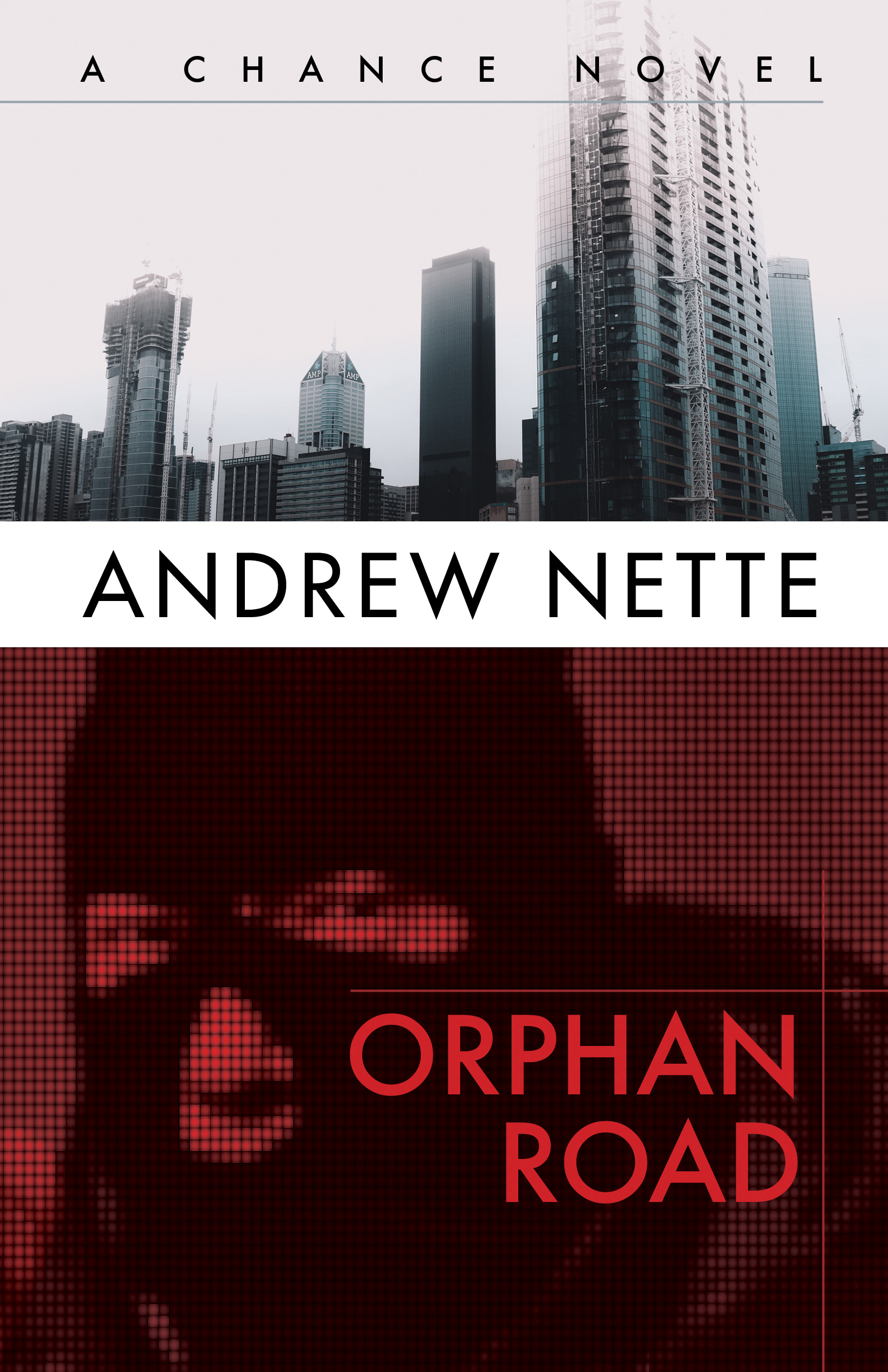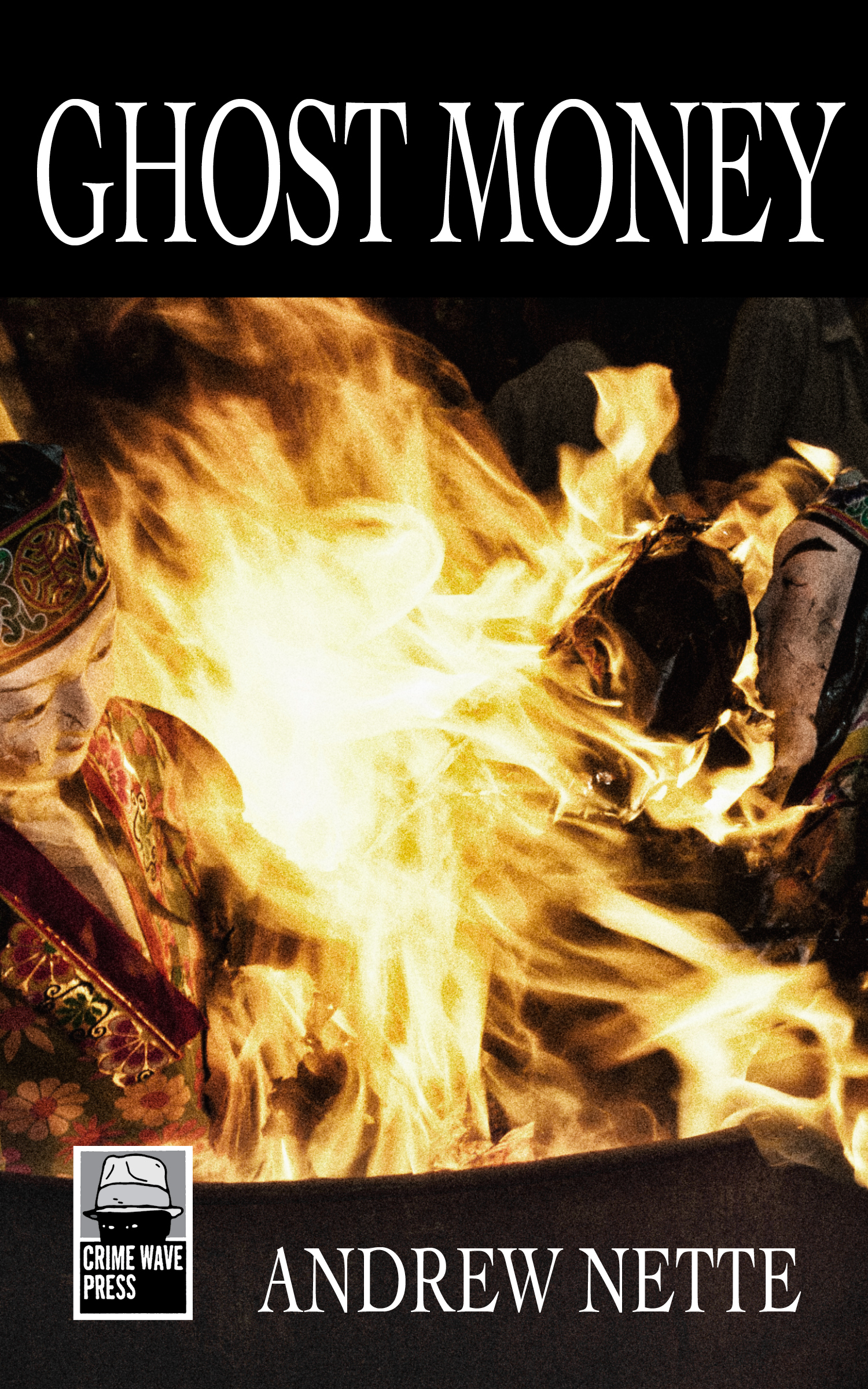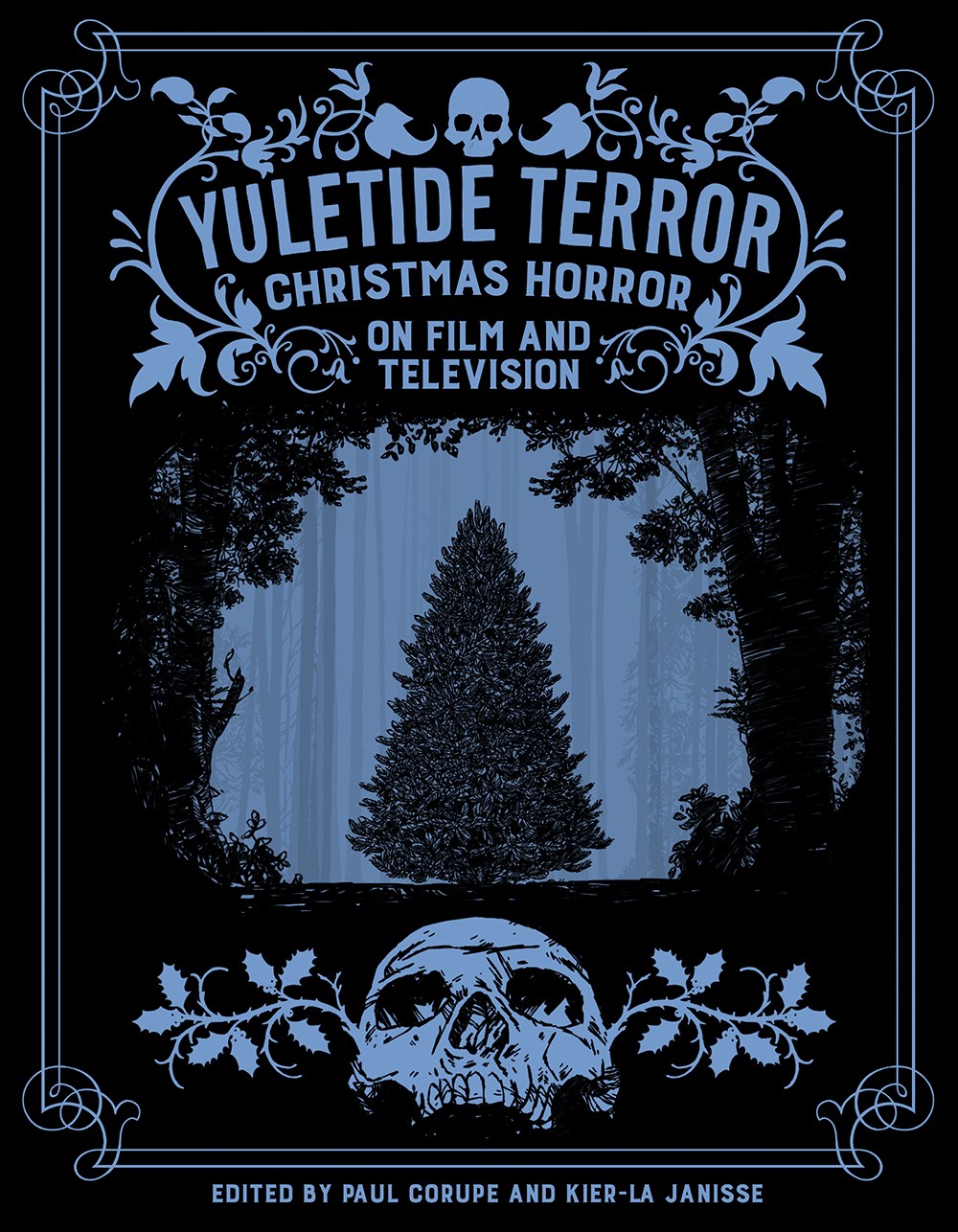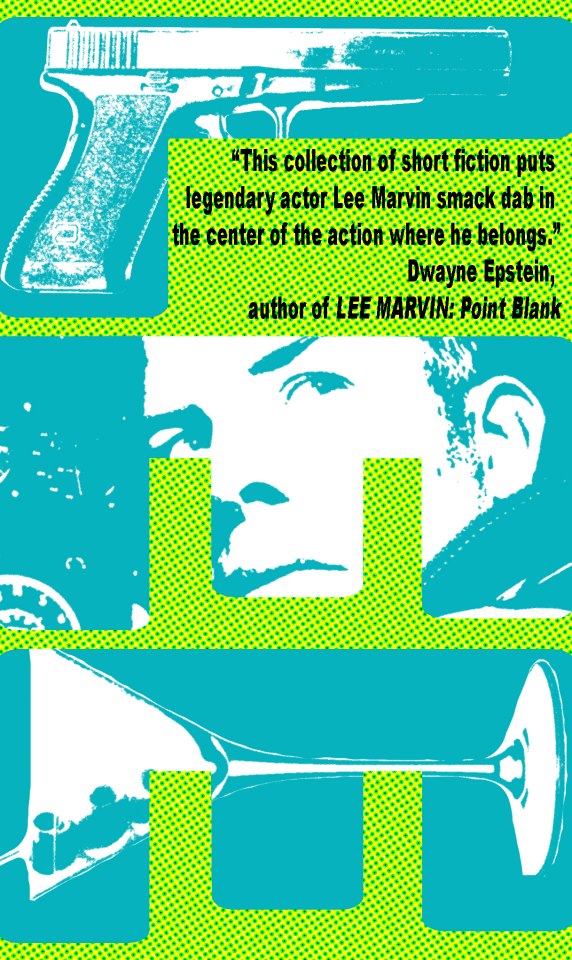 The time is past when one could accurately describe Ted Lewis as a lost or under appreciated author. His best books have recently been re-released, Mike Hodge’s 1971 film, Get Carter, based on Lewis second novel, Jack’s Return Home, continues to be seen as a crime cinema classic, and Lewis’s profound, albeit posthumous, influence on the origins on Brit Noir is regularly reiterated by many of the leading lights of crime fiction.
The time is past when one could accurately describe Ted Lewis as a lost or under appreciated author. His best books have recently been re-released, Mike Hodge’s 1971 film, Get Carter, based on Lewis second novel, Jack’s Return Home, continues to be seen as a crime cinema classic, and Lewis’s profound, albeit posthumous, influence on the origins on Brit Noir is regularly reiterated by many of the leading lights of crime fiction.
But we know little about Lewis as a person and the influences on his work. Nick Triplow’s Getting Carter: Ted Lewis and the Birth of Brit Noir is obviously the product of considerable time, energy and shoe leather spent hunting down the facts of Lewis’s life. That Triplow doesn’t completely succeed in unravelling all the mysteries surrounding Lewis’s spectacular rise and fall is not for want of trying and, it must be stressed, the book is none the worse for it.
Contemporary literary culture, with its focus on the writer’s journey, literature as personal confession and the book scribe as media celebrity, is a relatively new phenomena. Lewis went to his grave without leaving a detailed archive of papers or journals and having only done a handful of newspaper interviews. He had neither the time nor, one suspects, inclination to record his inner most thoughts. And staring into the bottom of his pint glass in some dingy pub on a cold, grey afternoon, would’ve thought no one cared anyway. His legacy, as Triplow puts it, was ‘his published work and the memories of those who knew him’. And the latter have been severely damaged by the passage of time and the effects of one of the main features of creative lifestyle in the 1960s and 1970s, excessive alcohol consumption.
Indeed, reading Getting Carter it some times feels as though Triplow was left with little to work with other than intuition and an acute feel for the zeitgeist of the times. As Triplow puts it: ‘Ted Lewis’s story is as much about these unfashionable, unheralded places and how they fed into his work as it is about the zeitgeist-riding moments: 50s trad jazz, the Beatle’s Yellow Submarine, the dark corners of 1960s Soho, the creation of Brit Noir, Z Cars and Doctor Who.’
Zeitgeist is something Triplow evokes superbly, starting with Lewis’s birth in 1940 in a small town, through the author’s childhood and adolescence in grim post war Britain, onto art school and then during his time in London where he worked as a commercial illustrator and television writer. Growing up in the late fifties and sixties, Lewis’s cultural touchstones were a mixture of imported US culture, gangster films, EC comics, pulp novels, American noir and Westerns, mixed with local influences, British new wave literature and local noir cinema, films such as Cy Endfield’s Hell Drivers (1957), Val Guest’s Hell is a City and Jospeh Losey’s The Criminal (the latter two of which appeared in 1960). These three films in particular moved British screen crime away London and the manor house mysteries of the Golden Age, and took it north to grittier locales. They also helped spearhead the evolution of the film criminal from gentlemen thief to more ruthless figures, often working-class and capable of great brutality.
Another crucial influence on Lewis, Triplow asserts, would’ve been the real life criminal goings on in Britain in the 1960s. These include the high profile trials of various gangsters, as well as Lewis’s real life contact with criminals in the Soho drinking establishments he frequented and in the television industry, the fringes of which often brushed up against organised crime.
These influences were all present in Jack’s Return Home. Triplow is right to assert the ground breaking nature of the novel, and not just in terms of its violence and the way it featured an unsympathetic criminal as the main character. The setting, a grim northern England industrial town was different from a lot of British crime fiction that had gone before. Lewis infused the story with biting social observation and shrewd analysis of the shifting political economy of organised crime in the UK at the turn of the 1960s. As I wrote in a Los Angeles Review of Books piece to mark the 2014 Syndicate Books re-release of the novel and its two sequels, Lewis was also successful in transplanting a central trope of American noir fiction and film to England: the corrupt, crime-infested urban space and the alienated stranger whose motives lead him into direct conflict with those who control it.
Reading Triplow’s book I couldn’t help but catch the whiff of another, earlier crime writer, who didn’t fulfil his potential, David Goodis. Starting out in the pulp magazines, by 1947 Goodis had a screenwriting contract with Warner Bros and a hit movie, Dark Passage, starring Humphrey Bogart and Lauren Bacall, based on his 1946 novel of the same name. But within a couple of years he had tossed it all away, returned to his hometown of Philadelphia, moved back in with his parents and mentally ill brother and spent the next two decades churning out pulp novels. When Goodis died in 1967, he had been almost completely forgotten in his home country and none of his 18 novels were in print in the US.
But while the factors that motivated Goodis’s deliberate embrace of life as a anonymous pulp hack remain a mystery, obscurity was not something Lewis embraced willingly, even if his lifestyle set him on a collision course with it. Nor are the factors that led to his career slide hard to trace. Lewis peaked hugely and early with Jack’s Return Home and spent the rest of his life trying to replicate that achievement, ultimately without success. He was hampered by changes in the publishing industry, which by the end of the 1970s ushered in the death of the mid-list paperback author. But his most serious problem was his drinking. Triplow states Lewis was a full blown alcoholic by the mid seventies. Drink destroyed his relationships, hampered his writing and led to significant money problems which eventually forced him to move back to the regional town he had come from, to live with his parents. He ended his days a bitter and self-destructive drunk, in poor health, isolated and unknown.
Lewis returned to the character of Jack Carter in two further novels, the middling Jack Carter’s Law (1974) and the particular poor, written for quick buck, Jack Carter and the Mafia Pigeon (1977). The only other novel that replicated the dark, malevolent intent and energy of Jack’s Return Home was his last, GBH, published in 1980, two years before his death at the age of just 42.
GHB is the story of George Fowler, the former head of a powerful London based criminal organisation and porn distributor, biding his time in a small English beach town, until he can regain what is left of his empire, or so he thinks. What is fascinating about the book is the way Lewis simply refuses to compromise on just how repellent Fowler is. He is a vicious, brutal, calculating criminal who made his fortune through terrible means (Triplow hints intriguingly that Lewis may have had first hand knowledge of some of these means), whose only regret is that he lost it through hubris and poor business decisions and now badly wants it back. After reading Getting Carter it clear just how much of his own life and inner demons Lewis poured into the book. As Triplow puts it, GBH was Lewis’s coda and ‘a savage valediction for the breed of smart suited working class gangster who had all but disappeared by the late 1970s; and, by association, had consigned the writer of novels about them to relative obscurity.’ While Jack’s Return Home was his most successful novel, it is GBH that establishes Lewis as one of Britain’s eminent noir writers.
Getting Carter is a fascinating and perceptive examination of alcoholism, lowbrow culture in the post war era, the changing nature of publishing, and how all these factors intersected with the maelstrom of one talented but very flawed crime writer’s life. It is an essential read not only for fans of British crime fiction but scholars of noir culture more generally.
Getting Carter: Ted Lewis and the Birth of Brit Noir is out through No Exit Press.




















I have a request to all readers of this blog. I am an American who lived and worked in London in 1987, At that time there was a very popular and rather brutal crime novel about a gangster family based in London. The cover art featured the Rolls Royce hood ornament. Does this ring any bells with anyone?
Paul,
It certainly doesn’t ring any bells with me but, hopefully, one of my readers will be able to help you out.
Andrew
Hi Paul,
The book is called THE SMOKE by Tom Barling, first in what was, I think, a three book series. All with ‘smoke’ in the title.
In the mother of all coincidences, Barling was a friend and colleague of Ted Lewis’s, working in animation in the 1960s. They often spoke about crime and noir and shared a love of jazz. Barling’s creation was a professional villain called ‘Charlie Dance’.
Great stuff, Nick. Do you rate the books?
Definitely THE SMOKE, which is the only one I’ve got and went back to recently as research for GC. The other two, SMOKE DRAGON and SMOKE DANCE, I read when they came out – late 80s if memory serves. From memory, they were pretty good, too. But that was a long time ago.
I see that Abe Books have cheap copies of THE SMOKE. I’ll pick one up and check it out.
Thank you! That’s exactly it. You couldn’t pass a bookstall in London in 1987 without seeing it! By a weird coincidence, I just read “GBH” last week. Really dark, pupy stuff!
There’s an edition of The Crust And Its Uppers that has a Rolls on the cover, but I don’t think that’s it. Regardless, it just led me down a Derek Raymond rabbit hole that will no doubt lighten the wallet.
Sean, you not done Raymond before? A must say, a Derek Raymond/Lewis GBH binge will take you to some dark places.
New to me. Love stumbling across old gems that are new to me!
Pingback: Pulp Friday: Brighton Rock | Pulp Curry
Pingback: “Dirt under its nails”: Ted Lewis’s Plender | Pulp Curry